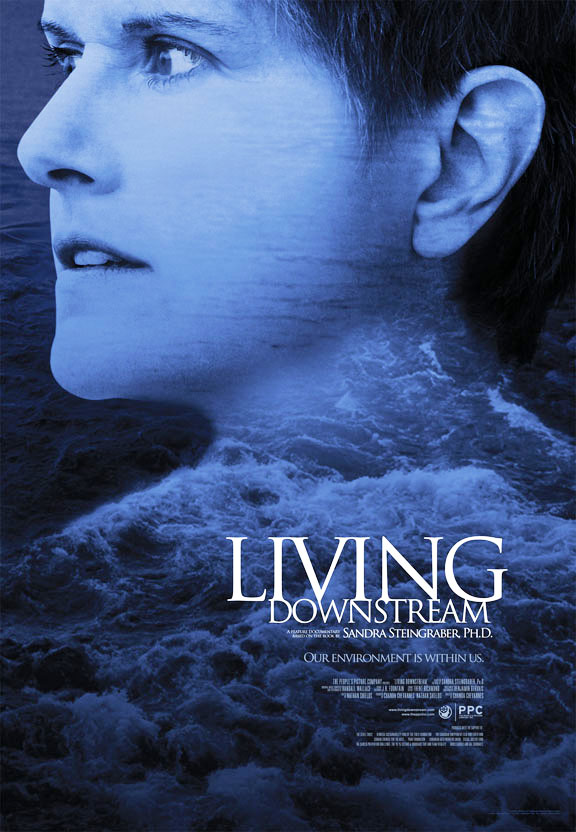"Man's attitude toward nature is today critically important simply because we have now acquired a fateful power to alter and destroy nature. But man is a part of nature, and his war against nature is inevitably a war against himself.[We are] challenged as mankind has never been challenged before to prove our maturity and our mastery, not of nature, but of ourselves." –Rachel Carson, 1964
Rachel Carson was a visionary. Born May 27, 1907 in Springdale, Pennsylvania, Rachel Carson grew up close to nature and learned from an early age how to express her relationship with the natural world in writing. Her keen interest in science and her skill of writing took her through various research and educational projects that are still cited today.
Carson graduated from the Pennsylvania College for Women in 1929. She then went on to study at Wood’s Hole Marine Biological Laboratory and John Hopkin’s University, where she received her MA in Zoology in 1932. Carson had a passion for educating others and was employed by the U.S. government Fisheries division to write radio scripts and later becoming then editor-in-chief for U.S. Fish and Wildlife division. In addition, Carson was active in publishing newspaper articles on topics related to ecology.
Rachel Carson always seemed to be involved in some sort of endeavour. Throughout her employment with the U.S. government, she was also engaged in writing about natural history and our ecosystems. She wrote a number of articles that chronicled Nature in a poetic manner, and eventually published a number of books including: “Under the Sea-wind,” (1941), “The Sea Around Us,” (1952) and “The Edge of the Sea” (1955). These books were mostly educational on the ecology of the Oceans. Additionally, Carson desired to help educate people about the impact humans had on the environment and published “Help Your Child to Wonder,” (1956) and “Our Ever-Changing Shore,” (1957) to do just that.
Her passion to educate about consequences of interfering with Nature was further sparked by the use of chemical pesticides post-World War II. At that time, DDT in particular was being used as a chemical pesticide. Recognizing the potentially devastating effects, Carson approached many magazines in an attempt to make the issue known. However, nobody was interested. Carson continued to collect research and in 1962 finally published what is perhaps her most well-known book, “Silent Spring.”
“Silent Spring” was not accepted as ground-breaking research by all. She was heavily criticized by the chemical industry, which she had anticipated. However, her careful review and chronicling of evidence, could not be easily ignored. In 1963, Carson testified before Congress to call for policy change for the protection of health and the environment. Her book and the uproar it created within the chemical industry and the general public arguably led to closer monitoring of the effects of DDT and its eventual ban. Rachel Carson has even been credited as an initiator in the Environmental movement.
In order to gain the attention of so many, Carson had to focus, not only on the animals and smaller organisms affected by DDT, but also dangers to humans. She explains that humans are not exempt from the effects of DDT and outlined consequences of extinction of species on which we depend, genetic damage, cancer, on and death. Furthermore, she points a finger at humans for choosing this path of technological advances without keeping it in context with Nature.
“On the farms the hens brooded, but no chicks hatched. The farmers complained that they were unable to raise any pigs—the litters were small and the young survived only a few days. …
…No witchcraft, no enemy action had silenced the birth of new life in this stricken world. The people had done it themselves…” -Excerpt from “A Fable for Tomorrow,” chapter of “Silent Spring” by Rachel Carson
Rachel Carson was determined to get her information out, and overcame all odds in publishing “Silent Spring.” However, Carson had her own battles to fight and eventually died in 1964 from metastatic breast cancer and complications of treatment. Throughout her life, Rachel Carson has left a legacy of inspiring awareness of the complex interplay of the environment, technology and health. Her courage and determination lives on through anyone who has the passion and drive to create awareness and change for a better future-one more in harmony with Nature.
References:
Natural Resources Defense Council, The Story of Silent Spring
Biographical entry courtesy of Carson biographer © Linda Lear, 1998, author of Rachel Carson: Witness for Nature (1997).





